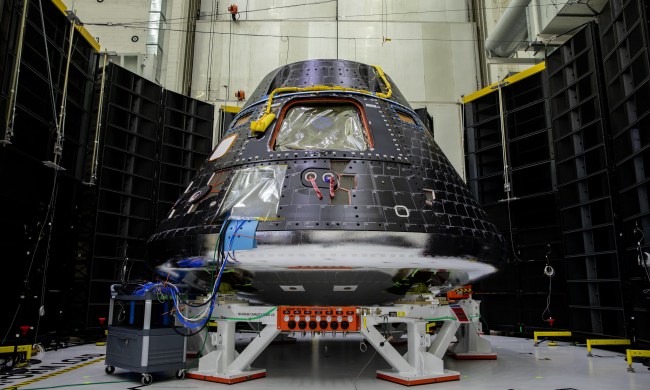Jupiter may be renowned as our solar system’s most beautiful planet, but there are still plenty of things we don’t understand about what makes this stunning place tick. One long-standing mystery is about the temperature of its atmosphere, which turns out to be much denser and hotter than was expected in certain places.
Now, data from NASA’s Juno probe has been used to uncover more information about how atmospheric hot spots spread and interact with the rest of the atmosphere.
“Giant planets have deep atmospheres without a solid or liquid base like Earth,” explained Scott Bolton, principal investigator of Juno at the Southwest Research Institute in San Antonio, in a statement. “To better understand what is happening deep into one of these worlds, you need to look below the cloud layer. Juno, which recently completed its 29th close-up science pass of Jupiter, does just that. The spacecraft’s observations are shedding light on old mysteries and posing new questions — not only about Jupiter, but about all gas giant worlds.”
The data suggests that there are hot spot regions in the atmosphere, but that these are not small, isolated pockets as previously thought. Instead, they are “windows” peeking into large swaths of the atmosphere that are hotter and drier than other areas, like one such dry area which seems to cover the entire northern equatorial belt of the planet. These spots are associated with breaks in the clouds which allow researchers to peer into the deeper layers of the atmosphere below.

It is also these hot regions that may power the exotic lightning and slushy mushballs found in Jupiter’s atmosphere.
“High up in the atmosphere, where shallow lightning is seen, water and ammonia are combined and become invisible to Juno’s microwave instrument. This is where a special kind of hailstone that we call ‘mushballs’ are forming,” said Tristan Guillot, a Juno co-investigator at the Université Côte d’Azur in Nice, France, in the statement. “These mushballs get heavy and fall deep into the atmosphere, creating a large region that is depleted of both ammonia and water. Once the mushballs melt and evaporate, the ammonia and water change back to a gaseous state and are visible to Juno again.”
The Juno mission will continue to orbit Jupiter for a planned 37 orbits of the planet, collecting more data as it goes. It can help peel back the layers of this extraordinary place to learn more about its complex atmosphere and what lies beneath.





